Announcing Stata 14
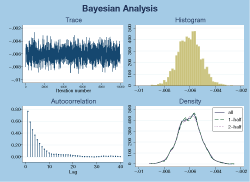 Bayesian analysis has come to Stata. Fit models using a Metropolis–Hastings
algorithm, diagnose convergence, analyze posterior distributions, perform
inference, and much, much more.
Bayesian analysis has come to Stata. Fit models using a Metropolis–Hastings
algorithm, diagnose convergence, analyze posterior distributions, perform
inference, and much, much more.
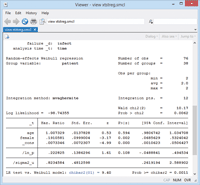 Panel and multilevel survival models let you introduce normally
distributed heterogeneity into duration analyses. Random intercepts. Random
coefficients. Crossed effects. Two-, three-, and higher-level models. And more.
Panel and multilevel survival models let you introduce normally
distributed heterogeneity into duration analyses. Random intercepts. Random
coefficients. Crossed effects. Two-, three-, and higher-level models. And more.
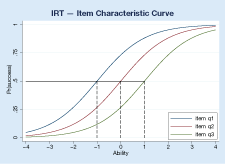 IRT (item response theory) lets you explore the relationship between a latent
trait and the items that measure aspects of that trait.
IRT (item response theory) lets you explore the relationship between a latent
trait and the items that measure aspects of that trait.
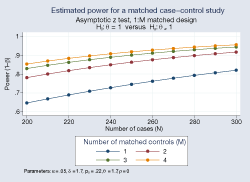 Power analysis for contingency tables and survival models lets you
tabulate and graph sample size, power, and effect size for Cox models,
Cochran–Mantel–Haenszel tests, and more.
Power analysis for contingency tables and survival models lets you
tabulate and graph sample size, power, and effect size for Cox models,
Cochran–Mantel–Haenszel tests, and more.
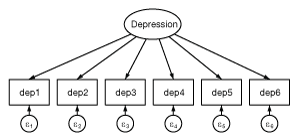 Survey support for multilevel models. Just svyset your sampling design
and put svy: in front of any multilevel model.
Survey support for multilevel models. Just svyset your sampling design
and put svy: in front of any multilevel model.
Better integration with Excel • Fractional outcome models • Hurdle models • Censored Poisson models • Beta regression models • Denominator degrees of freedom for mixed models • Satorra–Bentler adjustments for SEM • Structural break tests • Marginal predictions for SEM and multilevel models • ICD-10 support • Interface in Spanish and Japanese • More than 2 billion observations • And even more
Find out all about the features in Stata 14.







